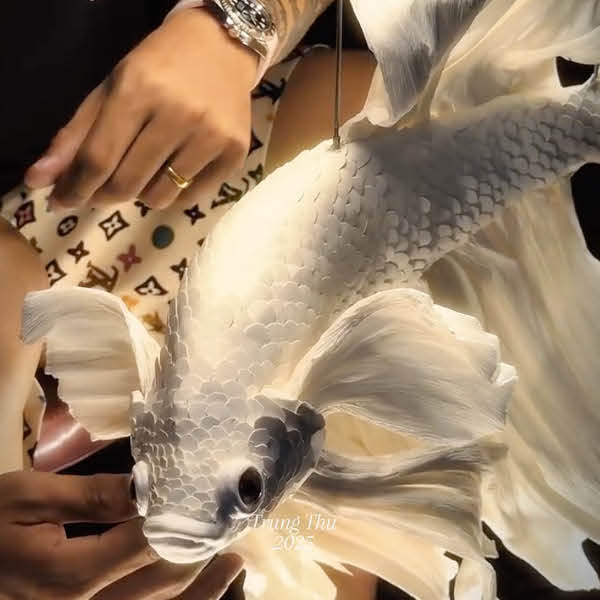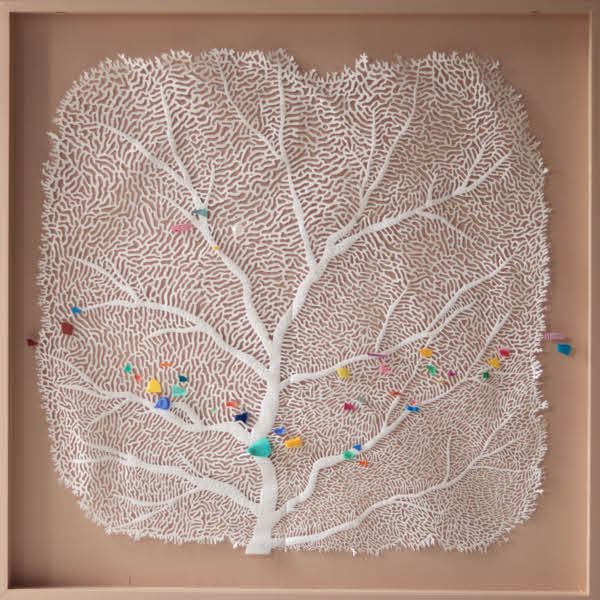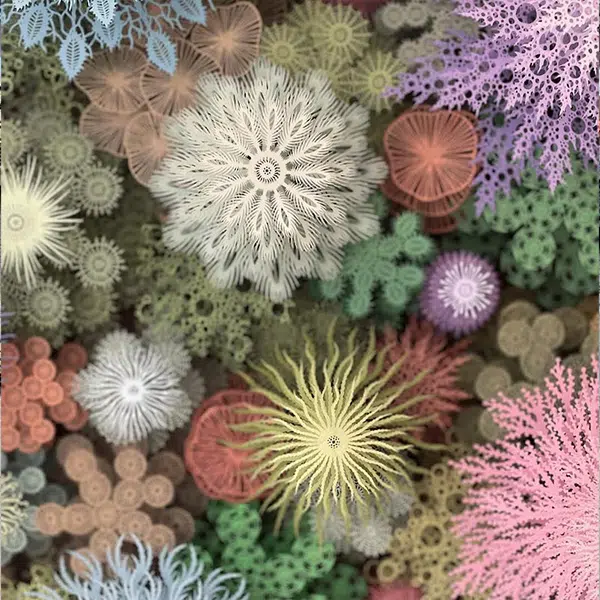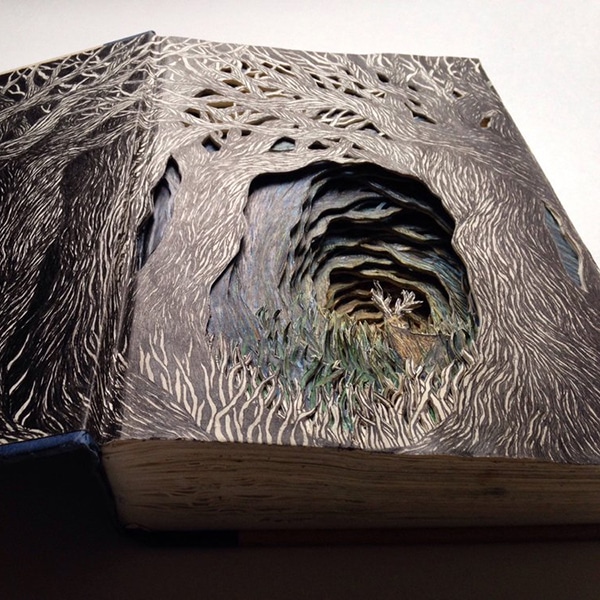
Photo: Stock Photos from Pressmaster/Shutterstock
This post may contain affiliate links. If you make a purchase, My Modern Met may earn an affiliate commission. Please read our disclosure for more info.
The art of origami has a long place in history and continues to thrive today. For centuries, this creative practice has made its way across the globe as each society has adapted it into its own visual culture. Many contemporary origami artists are pushing the boundaries of paper folding—including a samurai figure that took three months to plan and execute—but don’t let that intimidate you. The great thing about origami is that it is something anyone can try.
With the right paper and some basic folding techniques, you too can create your own origami art. The paper crane is by far the most common project to fold, as it has been popularized in culture with novels like Sadako and the Thousand Paper Cranes as well as by artists who use it as the basis for all sorts of creative applications. But as you learn more approaches to folding, you can use your knowledge to create increasingly complex designs.
Learning how to make origami is easier than you think. YouTube has a variety of videos that cover basic techniques and offer a look into how some of the more advanced designs are made. Scroll down to see those videos as well as recommendations on paper that will make folding a breeze.
What Type of Paper is Best for Origami?
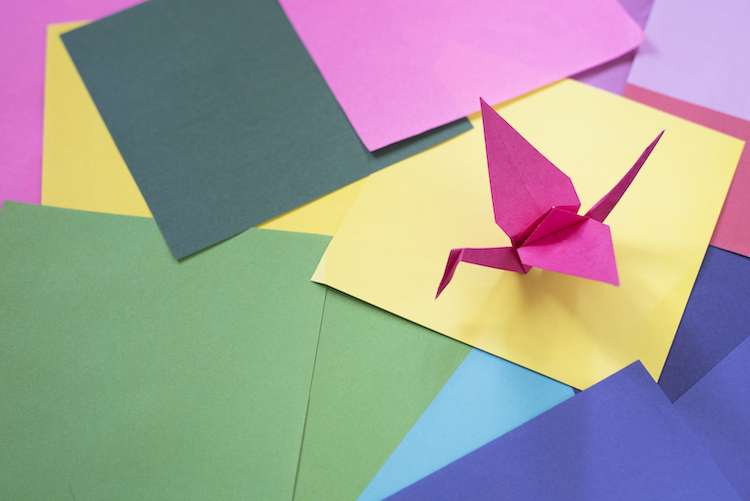
Photo: Stock Photos from Hafiez Razali/Shutterstock
Technically, you can fold origami with just about any type of paper. (The only requirement of the paper is that it is able to hold a crease.) But to make your origami look its very best, you’ll want to be discerning with what you use to fold. Luckily, there is no shortage of colorful origami paper for you to choose from. Depending on your tastes, you can buy paper that is clad in punchy patterns or vibrant hues.
Kami Paper
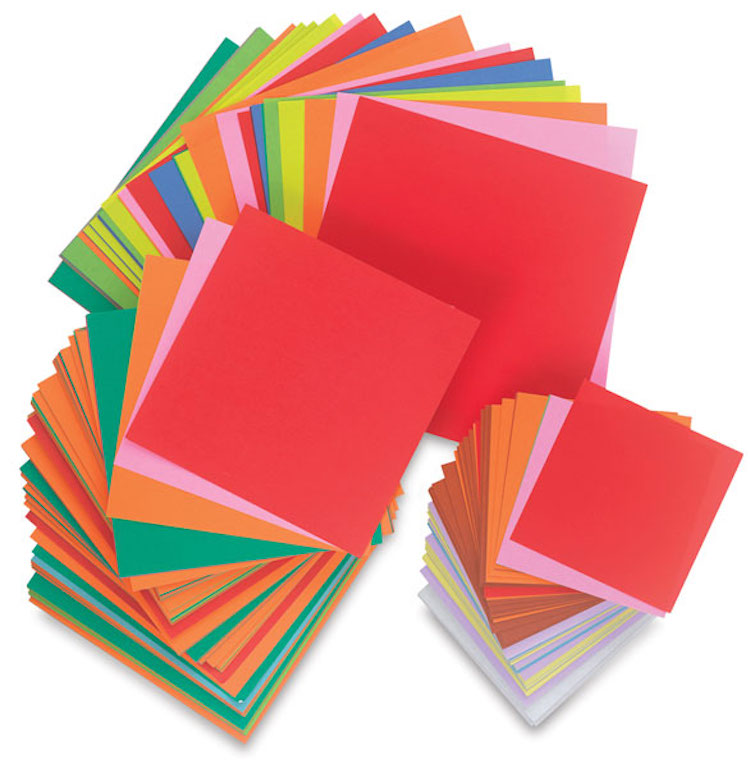
Yasutomo | $11.50+
If you’re just starting out, try buying a pack of kami paper. Developed for schools, this is the most inexpensive type of origami paper you can get. It’s thin and easy to crease, and you’ll know it if you see it—designs and colors are usually only printed on one side of the paper. Kami paper is often sold in bulk and features pre-cut into squares and takes the guesswork out of having to cut it yourself.
Tant Paper
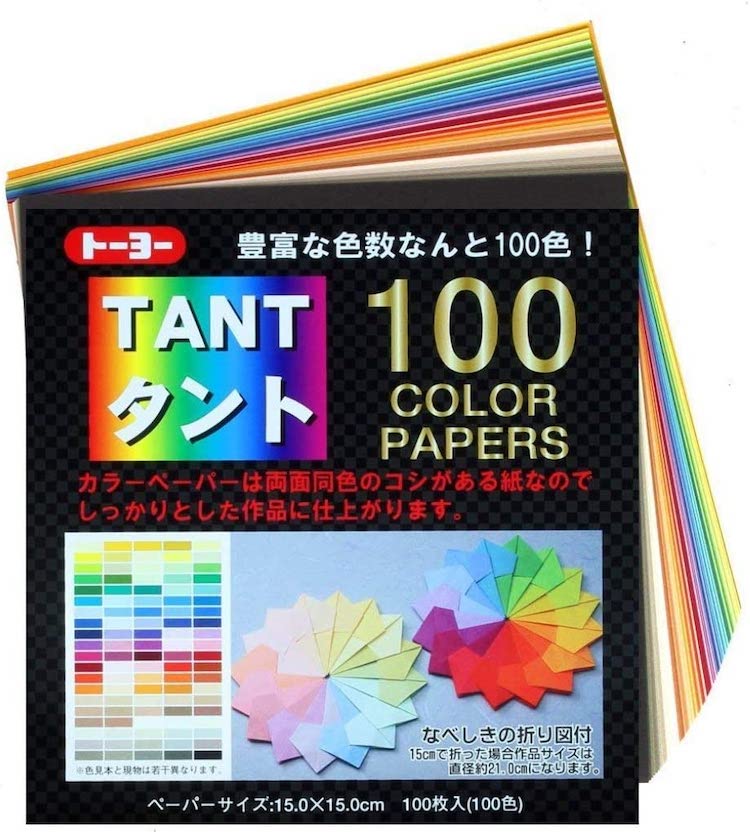
Toyo | $9.25
Once you’re ready for something nicer than a kami pack, look to Tant paper. Made in Japan, the paper has a slightly textured surface and is thin—70 to 80 gsm. It’s considered flexible and easy to fold. This makes it an excellent option for more complex projects, including ones that use the stunning wet folding technique.
Tant has color on both sides of the paper—and over 200 hues to choose from—and because it is fully dyed fiber, the color will not “break” even after folding. The surface sheen looks nice in photographs and is considered a great option for use in origami that you’d want to show off to others.
More Origami Paper
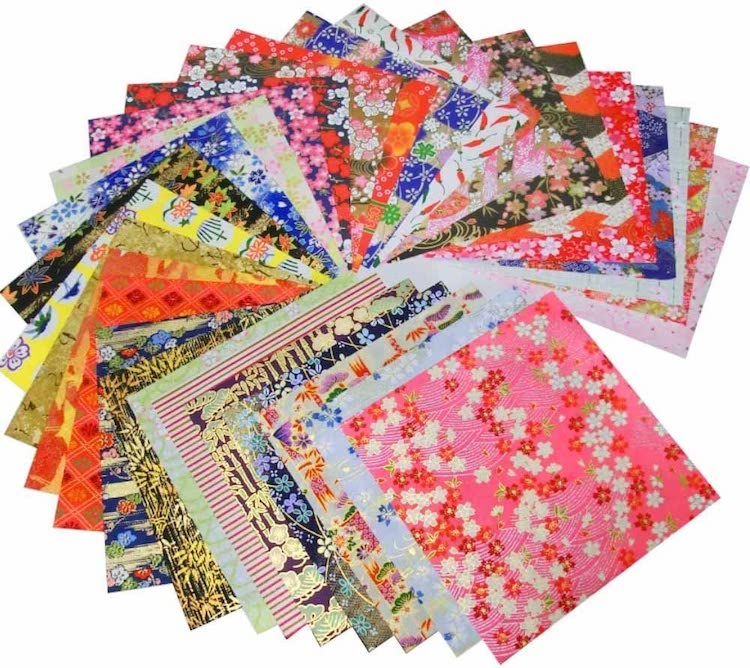
GuCra Tradition | $16
Beyond kami and Tant paper, you can find all sorts of specialty origami papers. Washi paper is popular, although it is generally said to be on the thicker side which makes it harder to fold in complex projects. If you’re looking to really treat yourself with some fabulous paper, you’ll want to try and get a sheet of Origamido. Made by Mickael Lafosse and Richard Alexander, the paper is tissue-paper thin but still strong because of its long fibrous pulp. The result holds creases well and can support complex models.
How to Make Origami With Free Online Tutorials
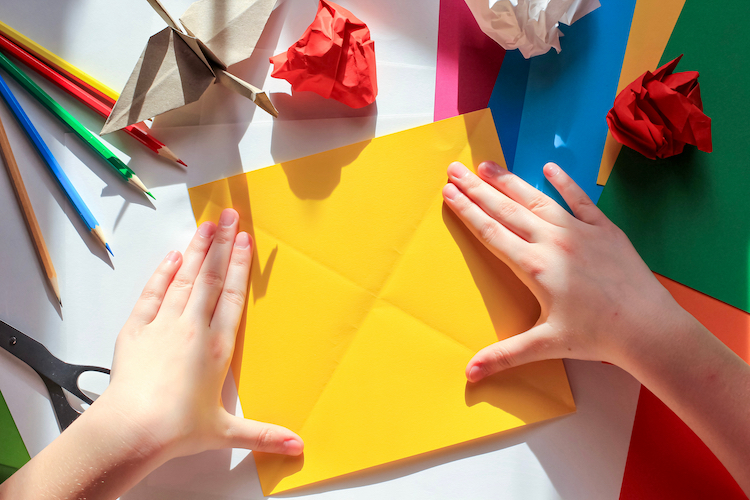
Photo: Stock Photos from Tatyana O/Shutterstock
Once you have your paper, let YouTube tutorials be your guide into origami. Not only are they free, but you can watch (and rewatch) the content to perfect your folding.
Basic Folding Instructions for Origami
Basic Folds and Bases
Paper Folding Patterns
How to Make a Paper Crane
How to Make an Easy Origami Paper Closet
Easy Origami Masu Box
Origami Turtle Tutorial
Make an Origami Elephant
How To Make an Origami Dinosaur
Easy Lotus Flower Tutorial
11 Levels of Origami: Easy to Complex
Related Articles:
Origami Artist Creates Charming Animals with Unique Wet Folding Technique
15+ Origami and Paper Art Kits to Help You Master the Art of Paper Folding
Interview: Couple Crafts Origami Lamps to Cast a Statement-Making Glow in Your Home












































































